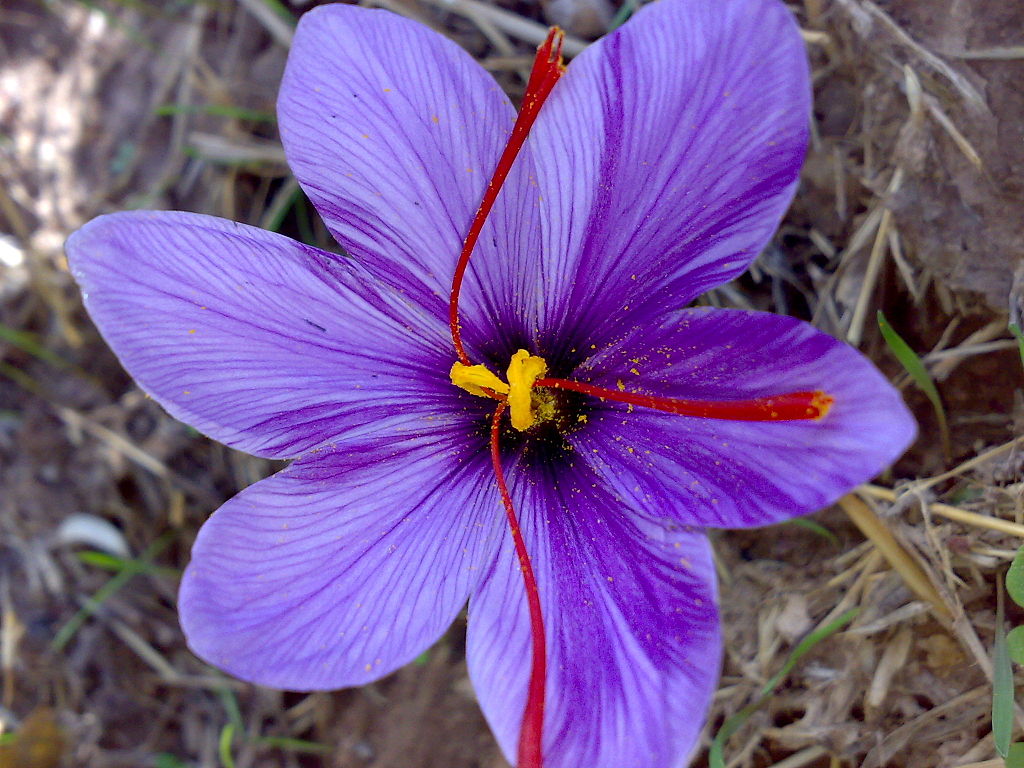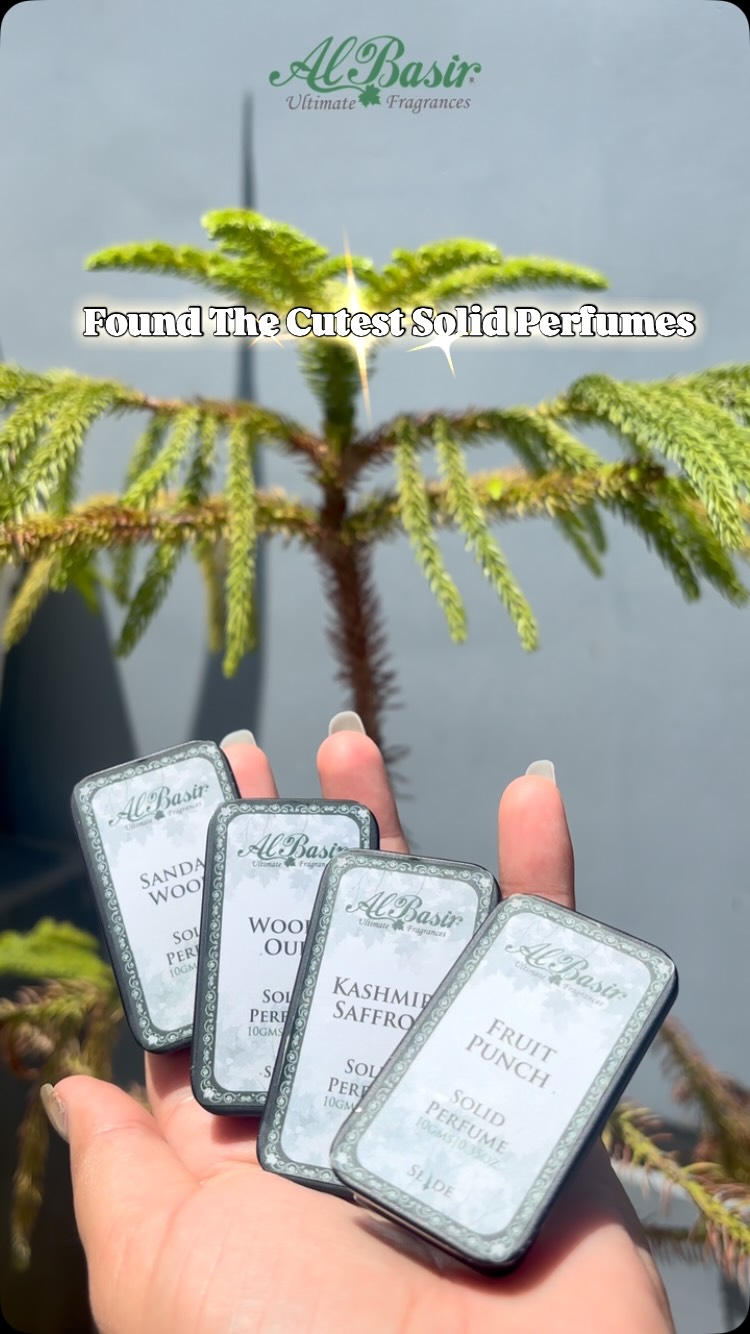Kashmiri Saffron’s Health Benefits

Saffron is a spice derived from the flower of Crocus sativus, commonly known as the “saffron crocus”. The vivid crimson stigma and styles, called threads, are collected and dried for use mainly as a seasoning and coloring agent in food. Saffron has a long history of use in traditional medicine. Saffron has also been used as a fabric dye, particularly in China and India, and in perfumery. It is used for religious purposes in India.
Nutrients
Dried saffron is 65% carbohydrates, 6% fat, 11% protein (table) and 12% water. In one tablespoon (2 grams; a quantity much larger than is likely to be ingested in normal use) manganese is present as 29% of the Daily Value, while other micronutrients have negligible content (table).
Benefits
Pure and organic Kashmiri Saffron improves mood and cures depression. It reduces the symptoms of PMS and also promotes learning and memory retention. A topical application of pure and organic Kashmiri Saffron may help reduce acne, dark spots, and blemishes.
Storage
Saffron will not spoil, but will lose flavor within six months if not stored in an airtight, cool and dark place. Freezer storage can maintain flavor for up to two years.



Spotting the Fakes Saffron
Saffron is the dried stigmas of a perennial plant, crocus sativus, found only in the three regions of the world and hence of three types: Kashmiri, Iranian and Spanish. Saffron is largely cultivated and harvested by hand and it takes about 175,000 saffron blossoms to produce one kilogram of dried saffron spice. Due to the amount of labor involved in harvesting, saffron is considered one of the world’s most expensive spices. The exotic taste and benefits derived from the most expensive spice in the world are so much that its demand has grown tremendously over the years and fetched millions for those engaged in its manufacturing and selling procedures and as with all high demand & precious utilities, this spice too got axed with the fake and adulterated versions of saffron being sold at higher prices with low or no standard quality at all and in novice markets what is sold as saffron is not even remotely related to saffron at all !! Consequently, not only did the consumers find it distasteful but also the saffron cultivators got hit by the distrust the fake saffron caused. Coming from the land of Saffron cultivators, Kashmir, the home to pure and quality saffron, I feel obliged to spread awareness among the people who have no idea how to distinguish the real saffron from the fake or adulterated one, which led me to write this summarized version of an article derived from the numerous and varied sources on the same issue that are available to us. There are various methods and techniques wherein you can determine the purity of the saffron you are buying, to tell apart the real from the fake one.

- FIRST LOOK QUICK TEST: Saffron threads (Stigmas) are all red (no other color with a little yellow at the base). Saffron threads must be dry and brittle to the touch. Saffron aroma is strong and fresh, never musty. When buying saffron, look for threads that are uniformly long and have an eye-popping color. Don’t bother with broken saffron, saffron powder, or threads that look dull and dusty. It’s not worth the cost. So called “bargain” saffron is probably very old or mixed with saffron styles (another part of the crocus) or marigold flowers. The next criterion is aroma. Old saffron loses its pungent aroma and sometimes it has no aroma at all. So, good quality saffron is saffron that is completely red and has a nice aroma. Please note that this does not mean that any pure saffron strand with some yellow in it is not decent saffron. It is just not as potent as saffron that is completely red. In fact, some people prefer saffron with yellow in it and to them it is not saffron if the stigma does not have any yellow. If saffron is squeezed and fat is remained in between fingers, saffron is pure and original which is the most appropriate method of distinguishing saffron.

- COLD WATER TEST: When you first put quality saffron in liquid, the liquid will turn a slightly pale yellow, and over time will turn the liquid a stronger and more vibrant color. If your saffron immediately turns the water a strong yellow, this is a sign your saffron was artificially coloured. What you are actually seeing is the dye washing off your saffron. Also, pure quality saffron strands will be floating (most of them) while the fake ones will all settle down. If solution of saffron in water in rubbed on surface of cotton, its color will turn into orange after a period of half an hour, while wool will turn colorless and silk will turn into yellow.
- Real Saffron will never leave its original dark red color after the water test also whereas the fake saffron will get dull & color the water more dark by the time.

- FAKE SAFFRON The most popular cheat on saffron is mixing safflower (Indian Marigold) to saffron or any substitute for saffron (like dried and dyed tendrils of maize cobs, Shocking !! ). Note that true saffron may be mixed with such filler substances such as dyed grass blades or straw to add weight and therefore commercial value.
- DRIED SAFFLOWER refers to the thistles of the flower heads of the safflower plant, a minor crop today, with about 600,000 tons being produced commercially in more than sixty countries worldwide. India, United States, and Mexico being its leading producers. The red-orange thistles produce a slight yellow dye but no saffron flavor or aroma in cooking or baking. Those unfamiliar with saffron’s real qualities sometimes mistake these thistles, sold very inexpensively in packages sometimes labelled “saffron”, for saffron stigmas. Popularly known as American saffron or Mexican saffron, this fake saffron actually being a member of the Daisy family is used to extract safflower oil. Although its dried, edible flowers do impart the characteristic yellow color to foods, it has no flavor and is definitely not a saffron substitute candidate. Next time you go to buy saffron, buy pure quality saffron and please make sure you are buying the real one and not the fake or adulterated version. For there can be no substitute to the exotic taste, aroma and color a pure saffron has to offer.
- HOW TO STORE YOUR SAFFRON? Always keep it in dark, away from all sources of light, natural and artificial. Cool environment is preferable as a warm environment can leave this stigma spice dry and kill its aroma. Do not store it for more than two year, the aroma decreases with time; use it as fresh as possible. Saffron will not spoil, but it will lose increasingly more and more of its flavor with age.
- EQUIPMENTS FOR STORAGE: Use only airtight containers, Glass jar preferably. It can be wrapped in foil to prevent exposure to air and light. Use the smallest possible container for lesser air circulation within the box.
STORAGE PLACE: Cupboard is an ideal place for storing saffron at home. Storing in refrigerator is not recommended because the saffron would absorb moisture as soon as it is exposed to room temperature. It can be stored in refrigerator if the whole quantity is to be used. If you are keen on keeping it in refrigerator then take out the required quantity and keep the saffron container back into the refrigerator immediately.
OTHER NAMES FOR SAFFRON: Botanical Name: Crocus sativus Linn, Kashmiri: Kong, Indian: Kesar, Iranian: Zaffran, French: Safran, English: Saffron, Italian: Zafferano, Spanish: Azafran.n the Middle Ages, one could be sentenced to the punishment of being buried alive if they tried to alter saffron by adding in other substances. Saffron was and is used in many types of foods as well as used in medicines too. It helps to relief cough, aiding digestion problems and improving moods. Adulterating the saffron, mixing it with other materials to increase the quantity and weight of the substance and thereby the seller would illegally make more money off of the saffron which was a high offence. Well, it seems the practice of selling fake or adulterated spices continues even in the 21st century and Saffron is the biggest victim of them all.































